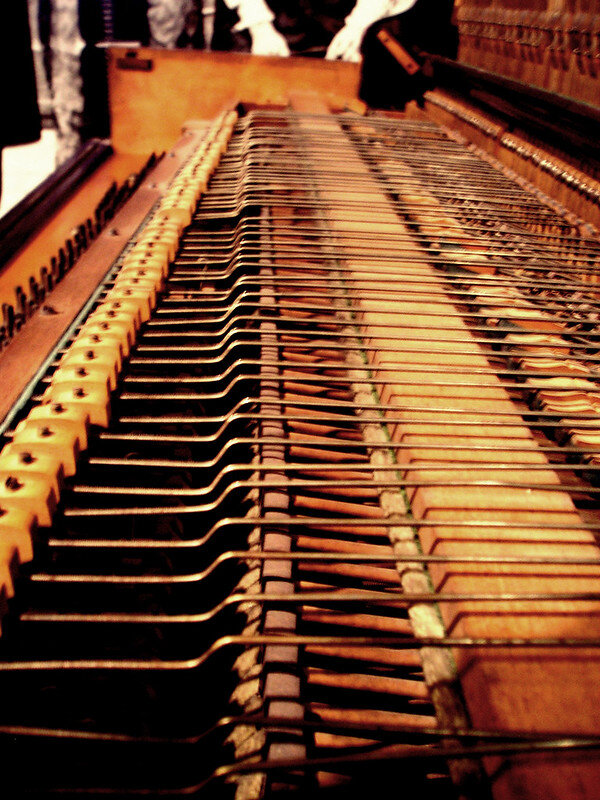Reviewed by Taylor Davis-Van Atta
How we interpret art—as individuals and as a public—is influenced by a complex of inherited and learned sensibilities peculiar to our time, and also by prior knowledge one brings to the experience: a book is read against the tapestry of all previously read books; within a piece of music wisps of prior recordings or performances, or even entirely other pieces of music, are heard; meanwhile, innate political, cultural, and aesthetic understandings are altering our perceptions and tastes. All of this input informs and heightens our experience of art, but it can also hinder the pure pleasure of an experience. Even a desire to understand or find meaning in art can itself be a limiting factor—a paradoxical idea when one considers that the main function of art may ultimately be to liberate us from the entrapments of meaning and/or from an antiquated understanding of the world around us. Having inherited modern sensibilities implicit in our time and culture, and limited by an incomplete knowledge of the conditions of past eras out of which some of our most enduring art emerged, we might raise a central question: to what degree are we, as individuals and as a public, able to exercise free will over our own interpretations and appreciation of art?


